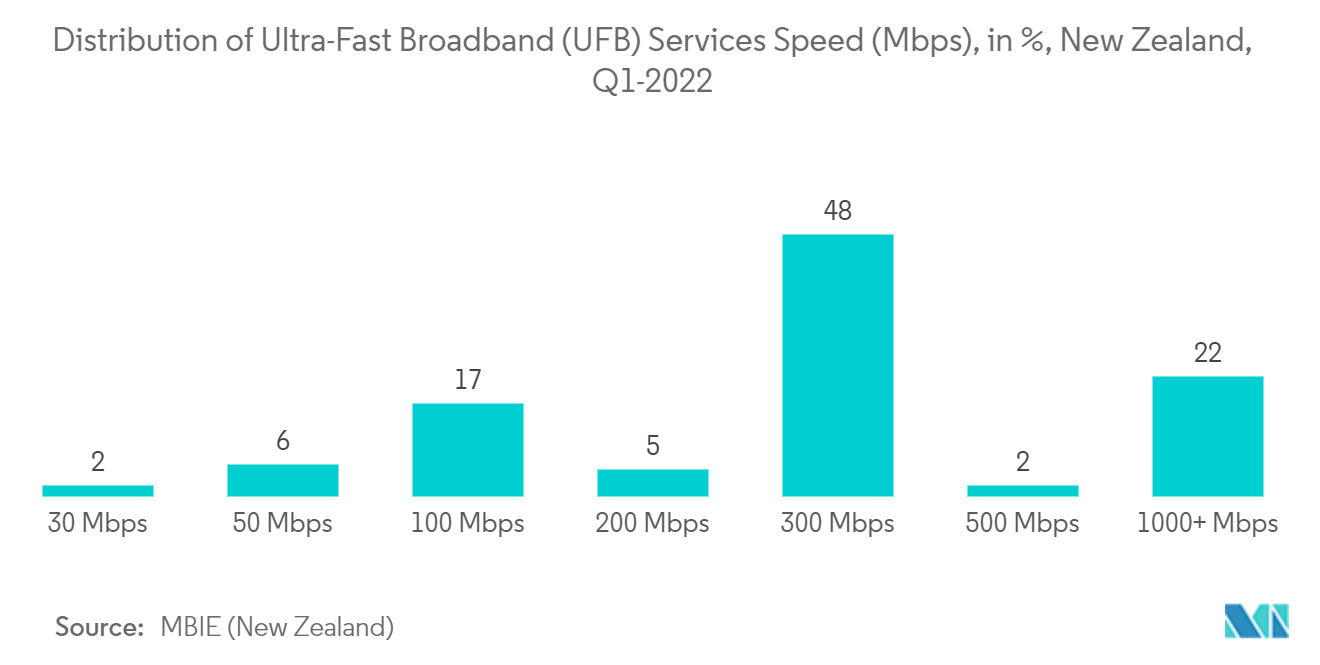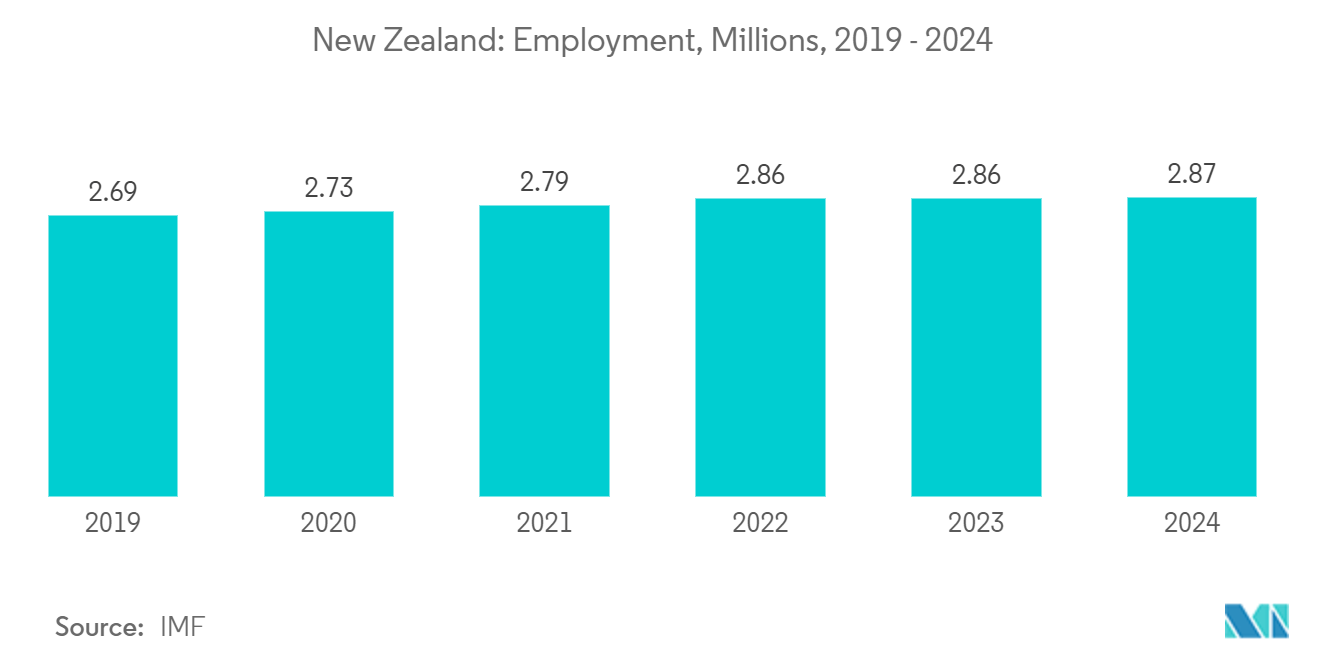Market Trends of New Zealand Data Center Cooling Industry
Liquid-based Cooling is the Fastest Growing Segment
- Technological advances have made liquid cooling easier to maintain, more scalable, and more affordable, reducing data center liquid consumption by more than 15% in tropical climates and by 80% in greener areas. The energy used for liquid cooling can be recycled to heat buildings and water, and advanced artificial refrigerants can effectively reduce the carbon footprint of air conditioners.
- Liquid cooling takes advantage of the superior heat transfer properties of water or other liquids to support efficient and cost-effective cooling of high-density racks, up to 3000 times more effective than using air. Long proven in mainframe and gaming applications, liquid cooling is increasingly being used to protect rack servers in data centers across the region.
- Direct liquid cooling solutions consistently achieve partial power usage effectiveness (PUE) values ranging from 1.02 to 1.03, surpassing even the most efficient air cooling systems by modest single-digit percentages. It's worth noting, however, that while DLC contributes significantly to energy efficiency, PUE doesn't capture the entirety of its energy-saving benefits. This is because traditional servers equipped with fans draw power from the rack, and their control mechanisms are factored into the IT power consumption section of the PUE calculation, classifying them as integral components of the data center payload.
- Water cooling can be essential in minimizing emissions and reducing climate disturbance. Data centers using water as a cooling substance use about 10% less energy than most air-cooled data centers, emitting about 10% less CO2.
- In 2022, in the Speedtest global ranking, New Zealand ranked eighth in the OECD countries for the percentage of fiber connections to total fixed connections and 18th in fixed-line broadband speed. Furthermore, the New Zealand government aims to have 100% fiber take-up by 2032 through its second phase of the national scheme. Under the initial phase, which ended in 2022, 87% of the population had direct access to fiber connectivity. The implementation of such broadband development plans would greatly improve service quality and network availability for all clients, which will stimulate internet services in the country and accelerate the expansion of data centers.

IT & Telecommunication is the Largest Segment
- ICT is key to the New Zealand government's strategy to foster innovation and local production. Collaboration between banks, the ICT industry, and the New Zealand government has created an atmosphere of community and information sharing.
- New Zealand is easing border restrictions on ICT professionals in a bid to attract the largest digital talent pool from around the world to the island nation. At the forefront of these border exclusions is NZTech, a government-funded marketing organization set up to promote New Zealand technology to global markets. As the company's CEO acknowledged, as New Zealand's digital economy grows, the country needs tech workers. In addition, the country is likely to see even greater demand for skilled workers in the technology industry.
- The market witnessed increasing investments from large corporations. The hyperscale operator Microsoft, announced the opening of cloud regions in 2022. AWS announced the AWS Asia-Pacific (Auckland) Cloud Region, which is expected to go live in 2024.
- New Zealand's technology industry contributes significantly to the country's GDP, exports, and employment. Despite labor shortages and a lack of local knowledge, job growth in New Zealand's digital sector is accelerating. Total global employment increased by 10.9% to 62,718, mainly due to increased employment in the ICT sector. The increase in high-paying IT jobs in the country has had a significant impact on the national economy.
- Recent economic analysis has shown the US to play a key role as an export market, which may indicate New Zealand's strong digital economy. This export includes both software licenses and computer services. The United States is New Zealand's third largest trading partner overall and is currently the country's top destination for services exports, accounting for more than 22% of all services exports, according to the country's secretary for trade and export growth.


